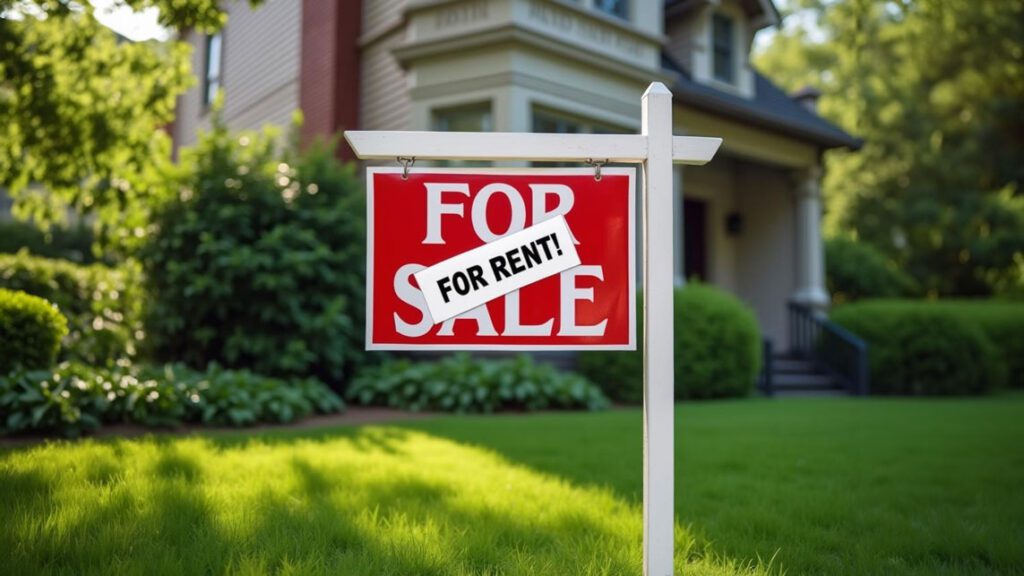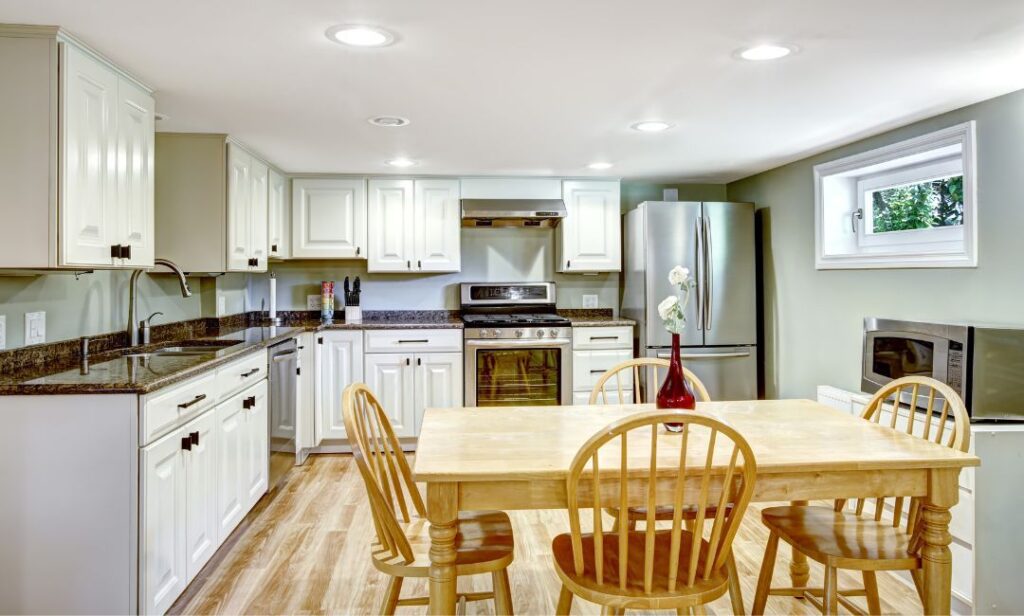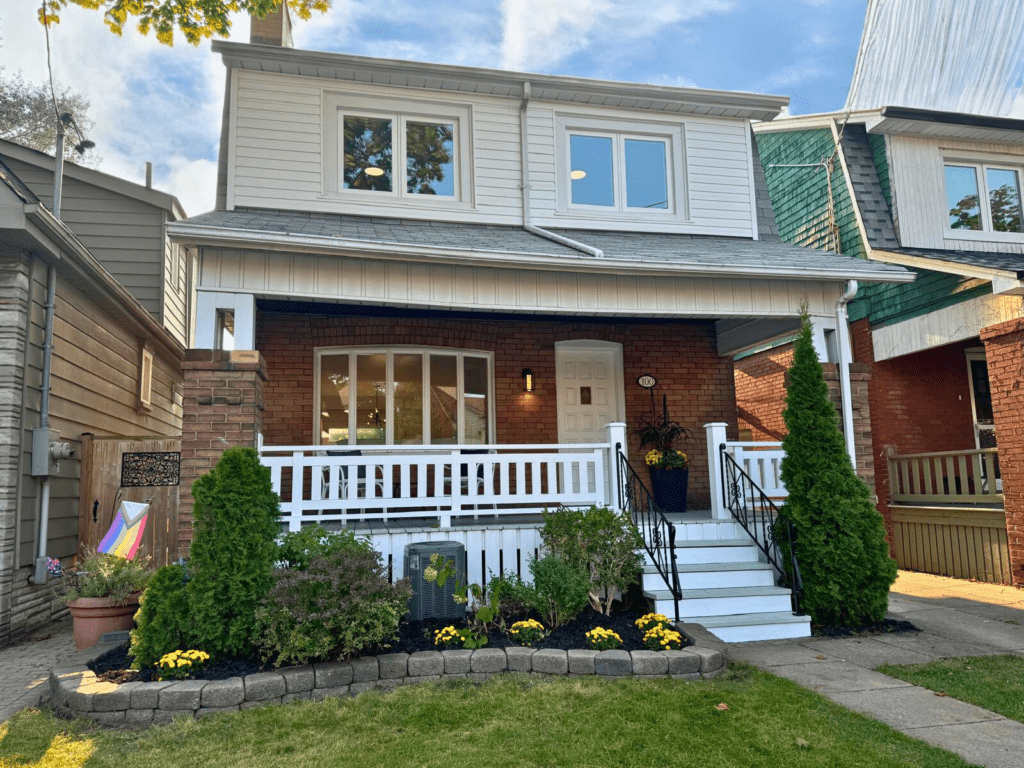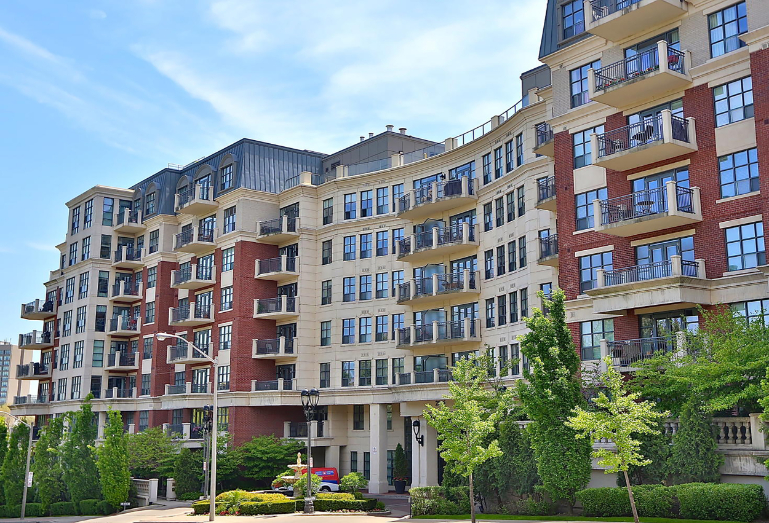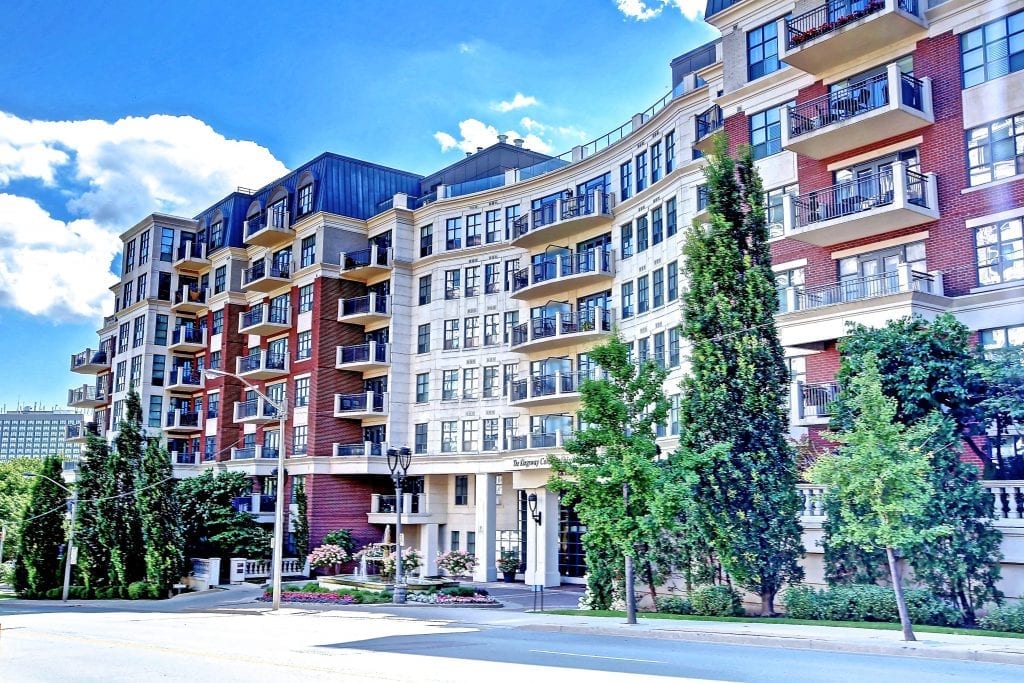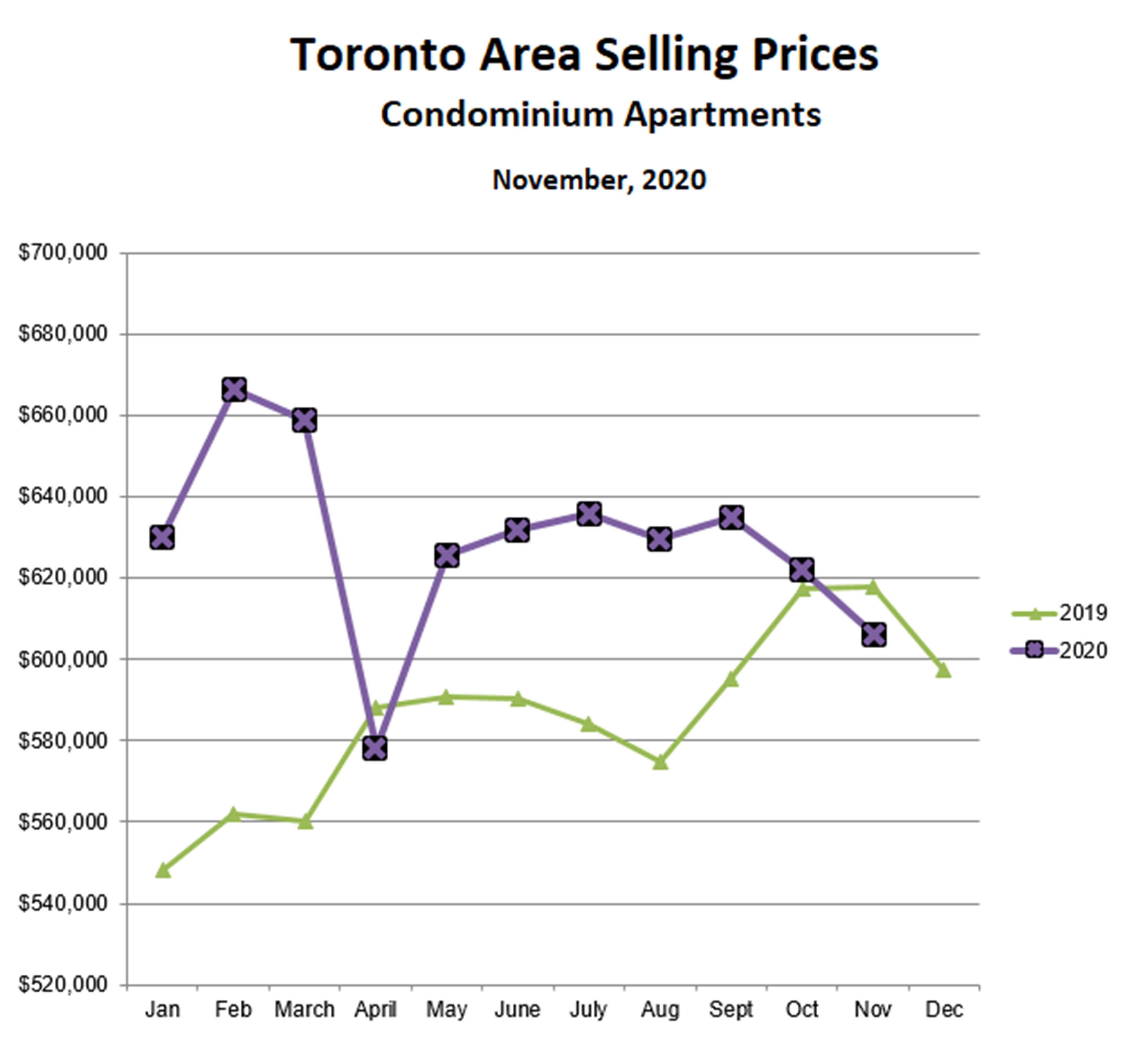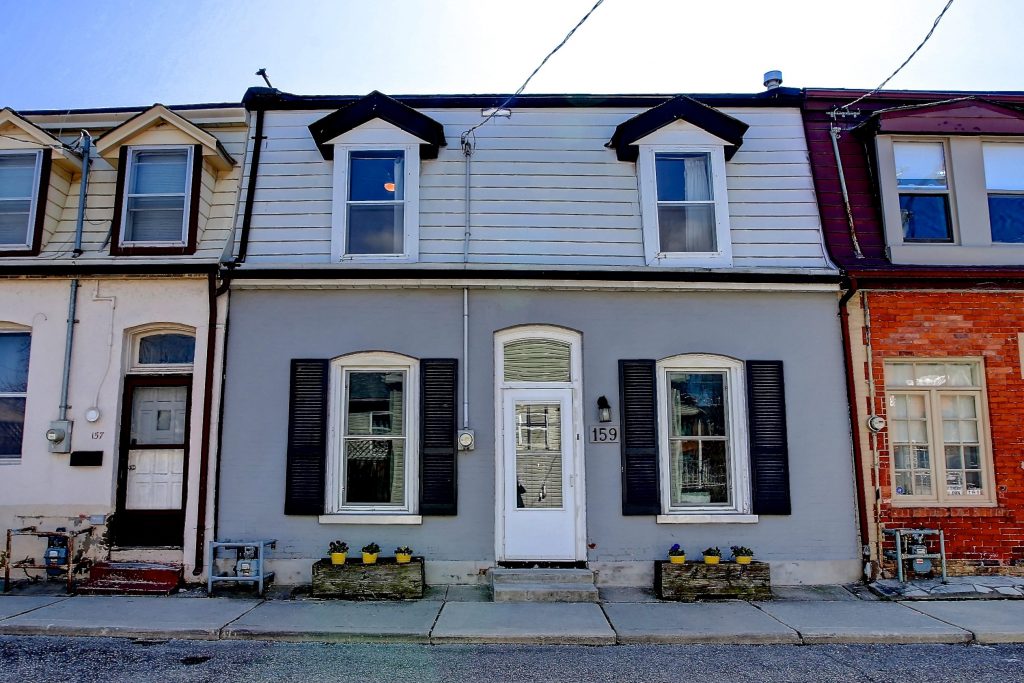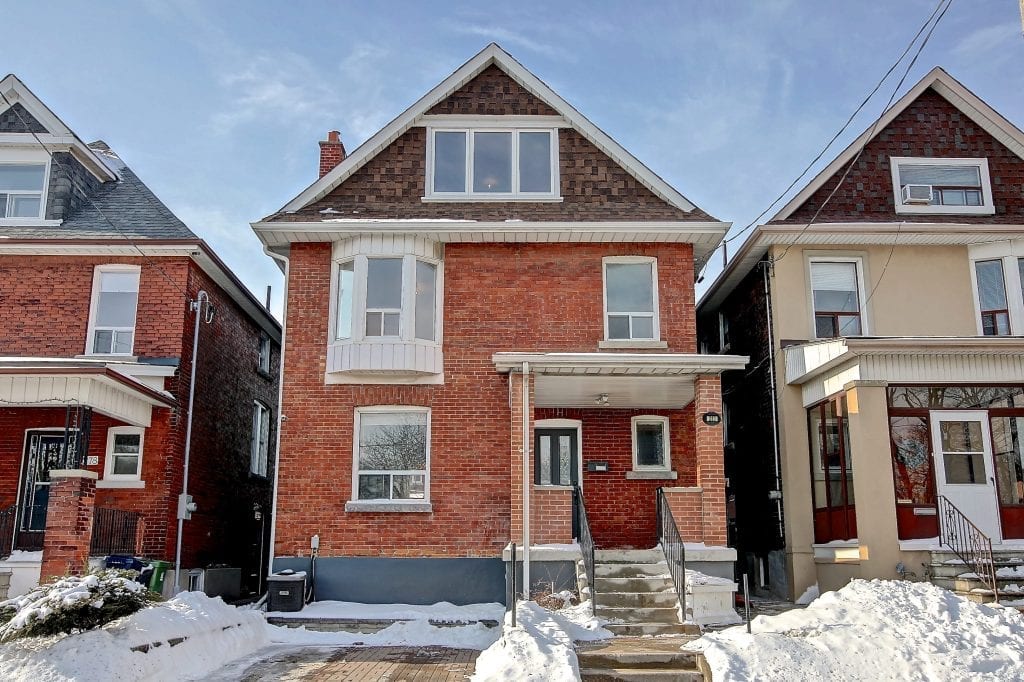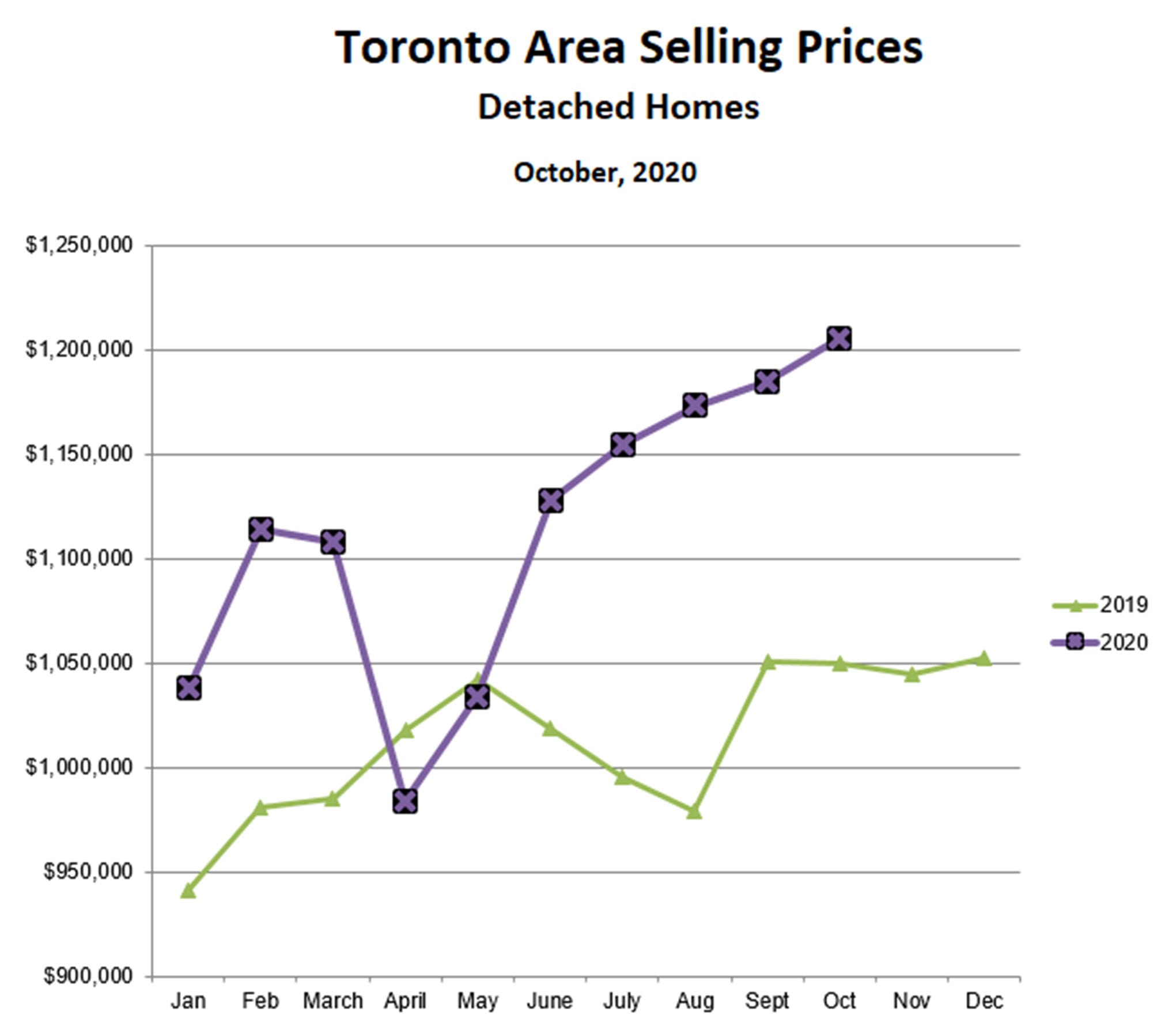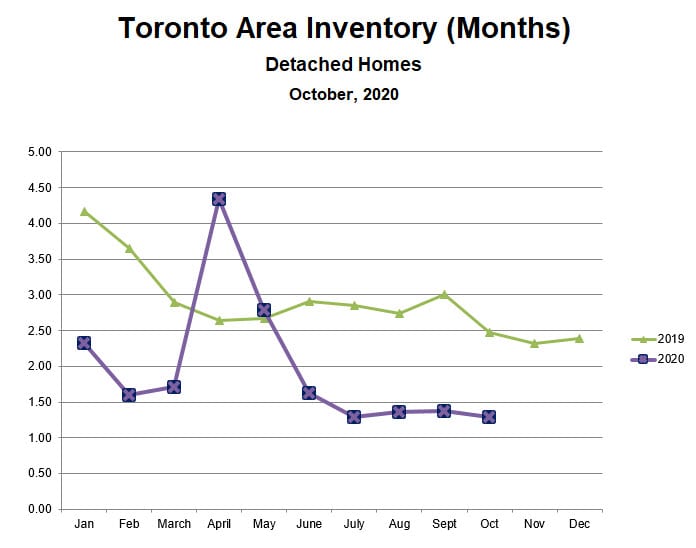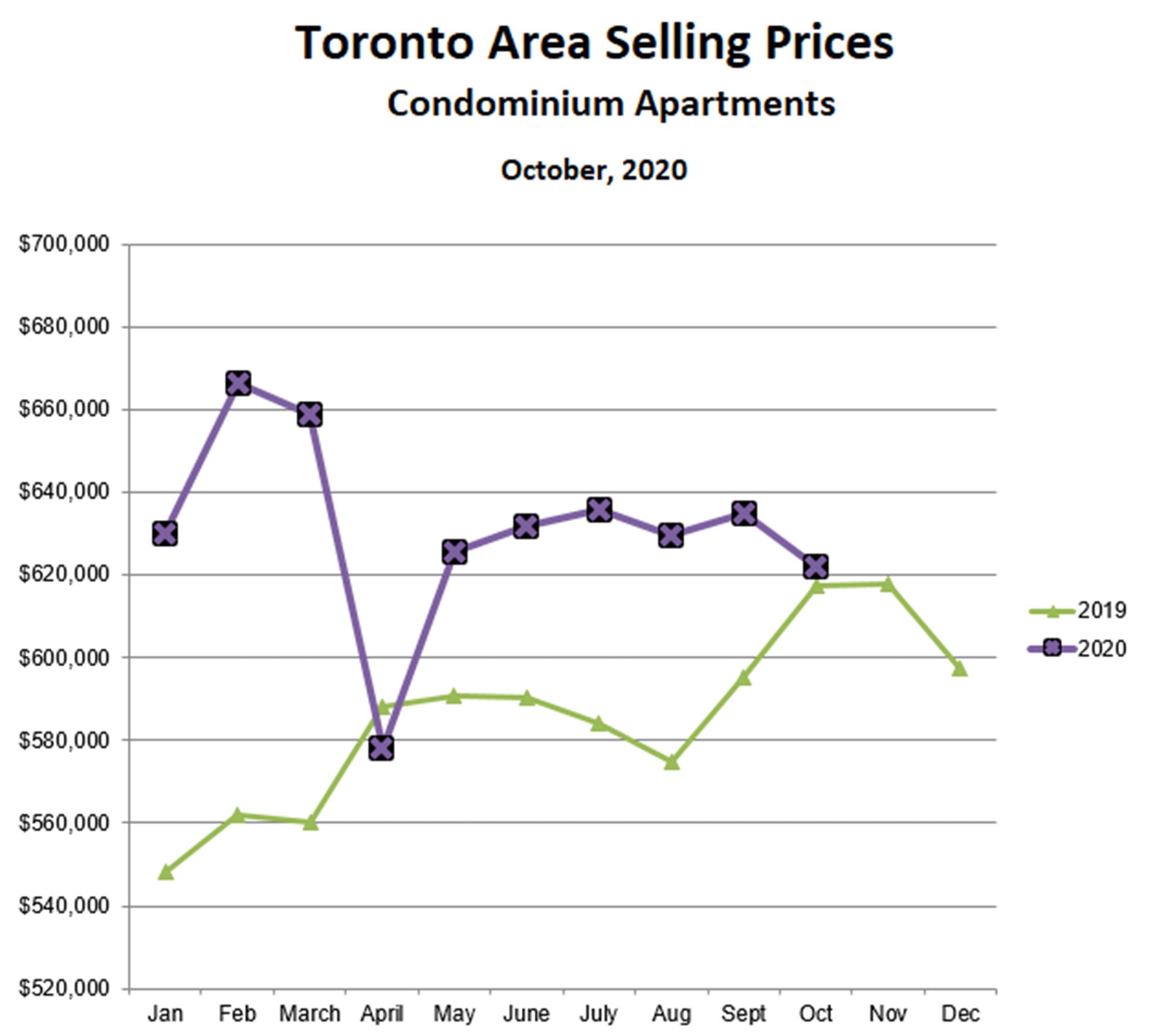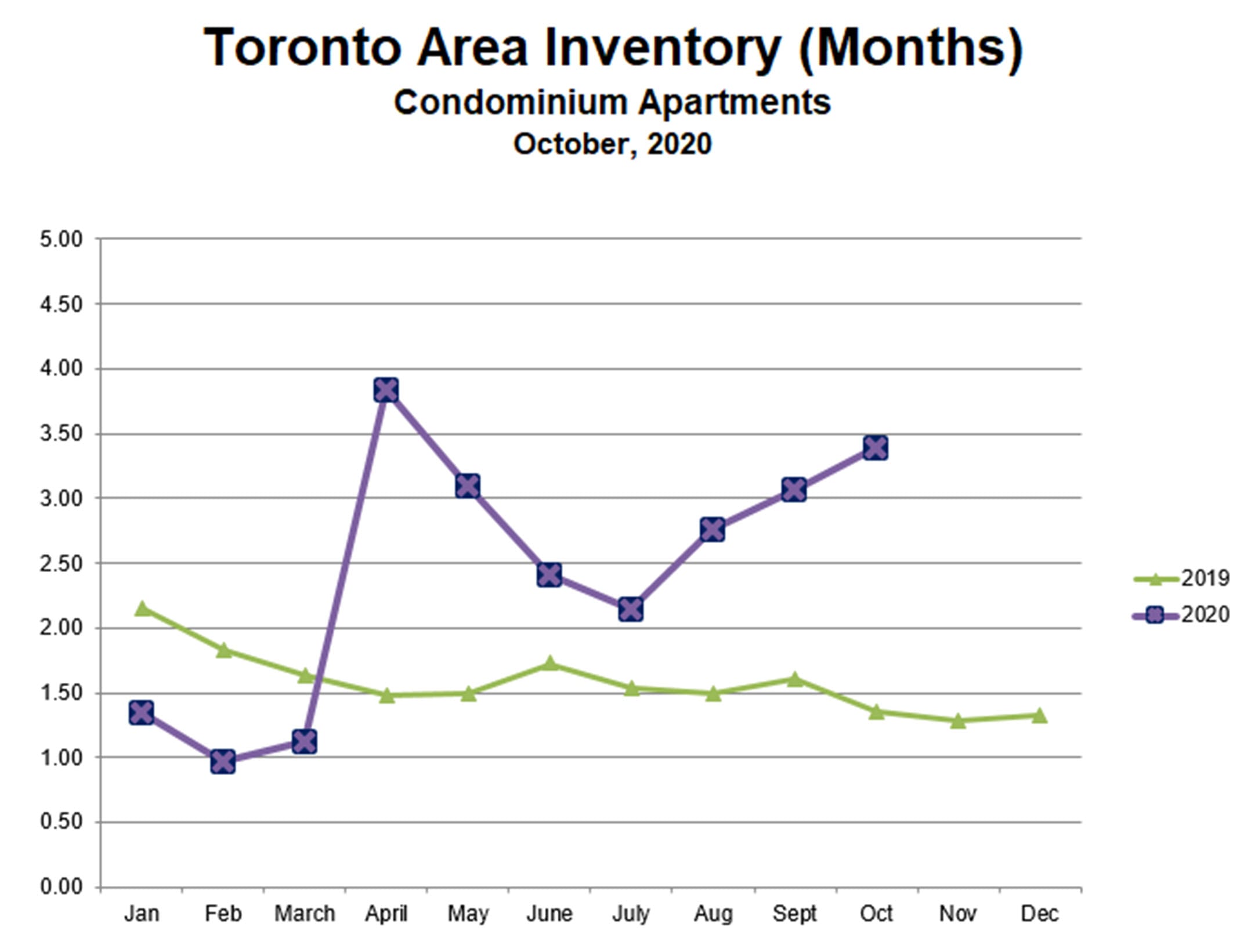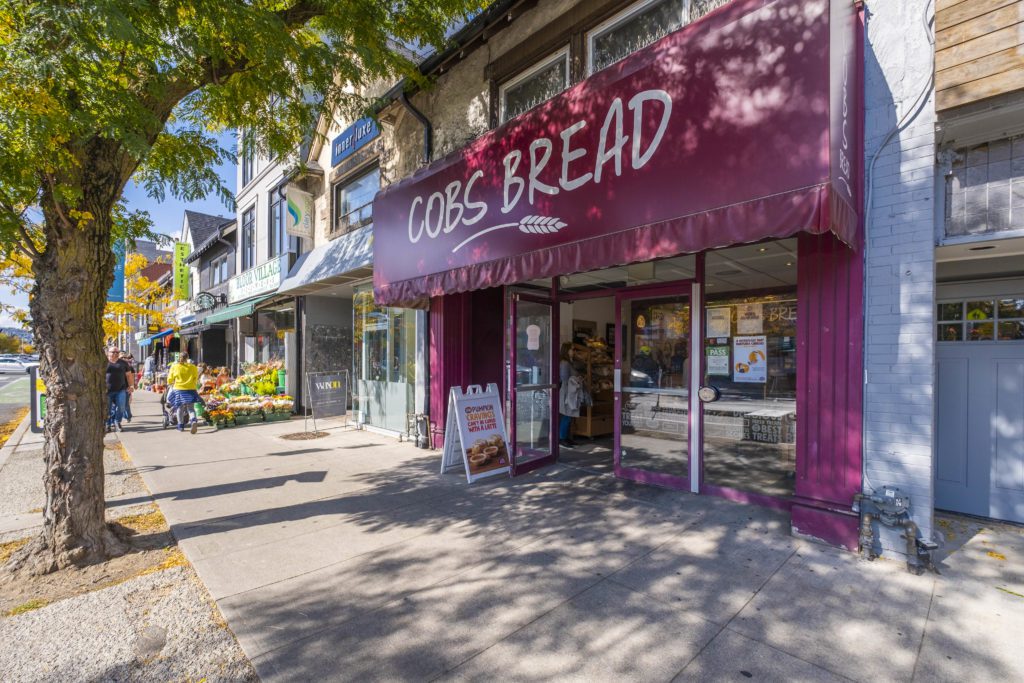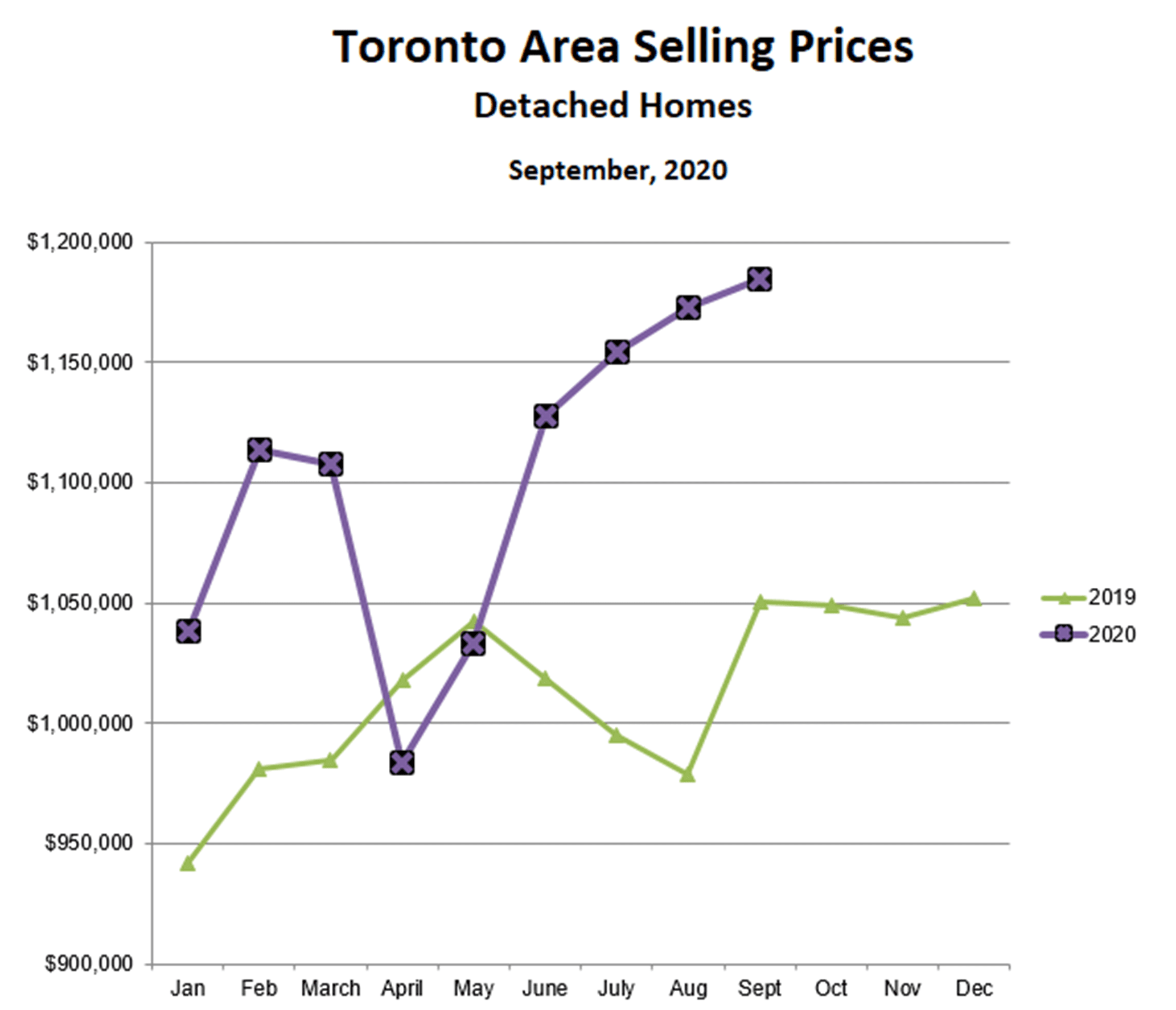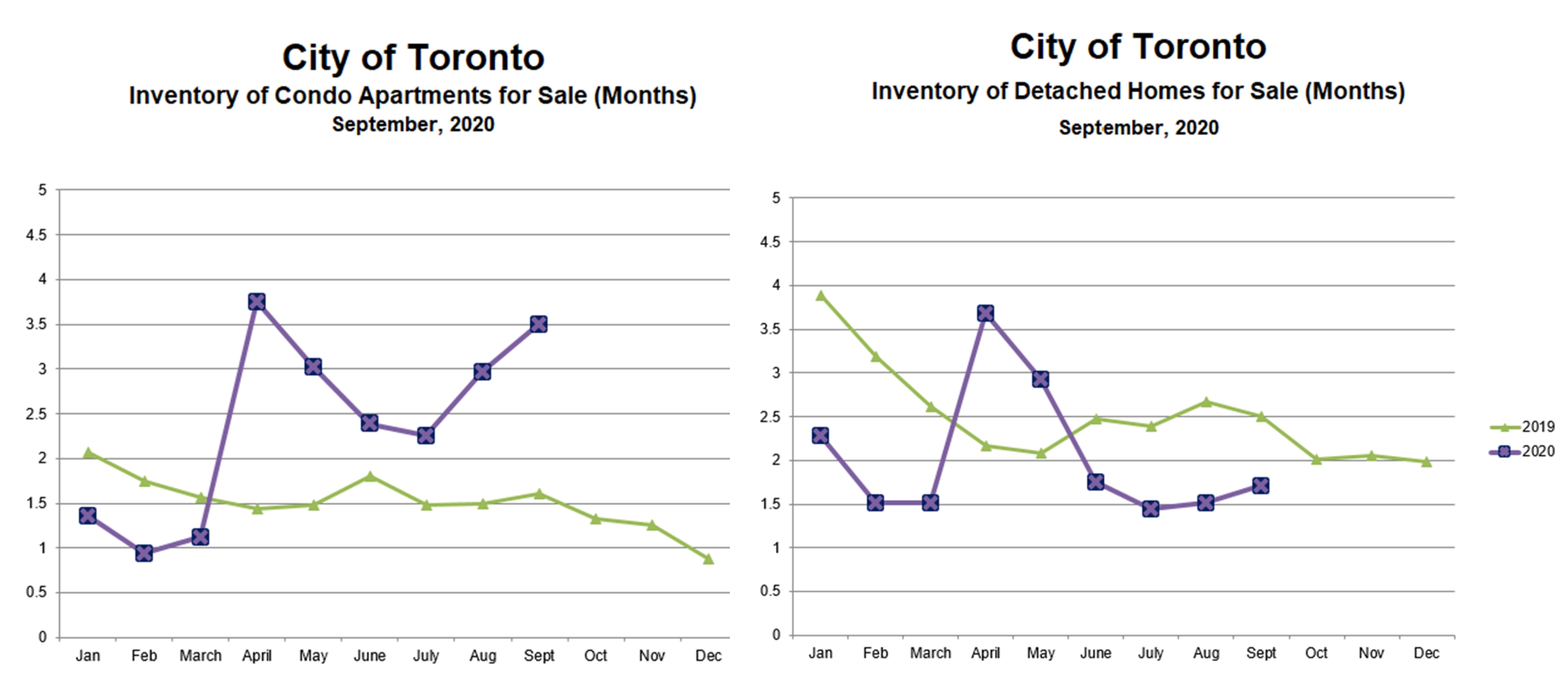Year: 2020
City of Toronto To Begin Enforcing New Airbnb Rules
12/27/20

In late 2019, following a lengthy appeal by the Local Planning Appeal Tribunal, a new bylaw governing short-term (less than 28 consecutive days) rentals in Toronto came into effect. The most significant provision in the bylaw is that people can host short term rentals only in their principal residence – no more investment properties or ‘ghost hotels’.
All ‘short term rental operators’ (people renting their homes on a short term basis) are required to register with the City, pay a $50/year registration fee, and pay a 4% Municipal Accommodation Tax.
In addition, all short term rental companies (like Airbnb) must pay a one-time $5,000 license fee as well as an ongoing fee of $1.00 for every night booked through the company.
The original plan was for registration to begin in early 2020, with a requirement that registrations be completed within 3 months. Enforcement action was to begin after the 3 month deadline. COVID-19 threw a large monkey wrench into this plan, as all short term rentals were banned in April as part of the pandemic restrictions. The ban was lifted in June, and the deadline for registration was extended to December 31.
As of early December, only a small fraction of the estimated 20,000 short term rental properties in the City had been registered. The City says it is serious about enforcement action, and that they have the tools to go after operators who are not licensed. Every short term rental listing must include the registration number, and if the City sees a listing without a registration number, both the operator and the rental company (if there is one) will be issued a fine, staring at $1,000 for the first offence.
The City is also going after short term rental platforms like Airbnb, who will be expected to ensure that all advertisers on their site have a registration number. They will also be fined if listings without registration numbers are found.
The new bylaw has caused large numbers of short term rental properties, mainly small condo apartments, to be added to the long term rental pool, and this added rental supply contributed to the softening of the rental market in 2020.
Also, many investors who own short term rental condos have been dumping these properties, since ‘normal’ rentals are not nearly as profitable, and this has contributed to the softening of the condo resale market in 2020.
The demand for resale condos has been surprisingly resilient, despite COVID and the related restrictions, and there were actually more condos sold in 2020 than in 2019. The huge surge in supply of resale condos, partly due the new bylaw, caused condo prices to fall in 2020, however, this trend may reverse later in 2021 once the pandemic is (hopefully) receding in the rear-view mirror, and the short term disruptions due to the new bylaw work their way through the system.
Sign Up For Our Newsletter
Looking for more great real estate content? Get it delivered to your inbox with our newsletter!
Holiday Toy Drive
12/25/20

The Smith Proulx Team, along with Santa Panda, organized a successful Toy Drive this holiday season in West Toronto!
We teamed up with the Toronto Fire Fighters and donated all the toys we collected to the Toronto Fire Fighters’ Annual Toy Drive,
which distributes them to families in need. We wanted to find a way to make a small difference to those who need it during the holidays, especially during these difficult times.

On Tuesday, December the 15th and Thursday, December 17th , local residents in the Bloor West, Junction, High Park, and Swansea neighbourhoods signed up to have Santa Panda—yes, that’s Panda dressed as Santa!—come to their house and pick up toys for donation. On these two days, Renee Proulx adopted her alter ego, Panda, who wore a Santa suit, to share a little joy with the generous residents who made toy donations. Santa Panda would pop in and out of a toy drive cargo van as we went from house to house, collecting donations. West Toronto residents were at their doorstep to say a nice hello to Santa Panda and take a quick, socially distanced photo.

On Saturday, December 19th , the Smith Proulx Team and Santa Panda set up a station at the Bloor West Village Re/Max office where people could come by at their convenience and drop off the toys. Santa Panda was there, dancing to Christmas songs and sharing holiday joy with the Bloor West Village residents as they passed by on the street or dropped by with toys. The West Toronto residents were so kind and generous with their donations! We received a wide variety of really amazing toys, suitable for all ages, that undoubtedly made Christmas for families in need just a little bit brighter.
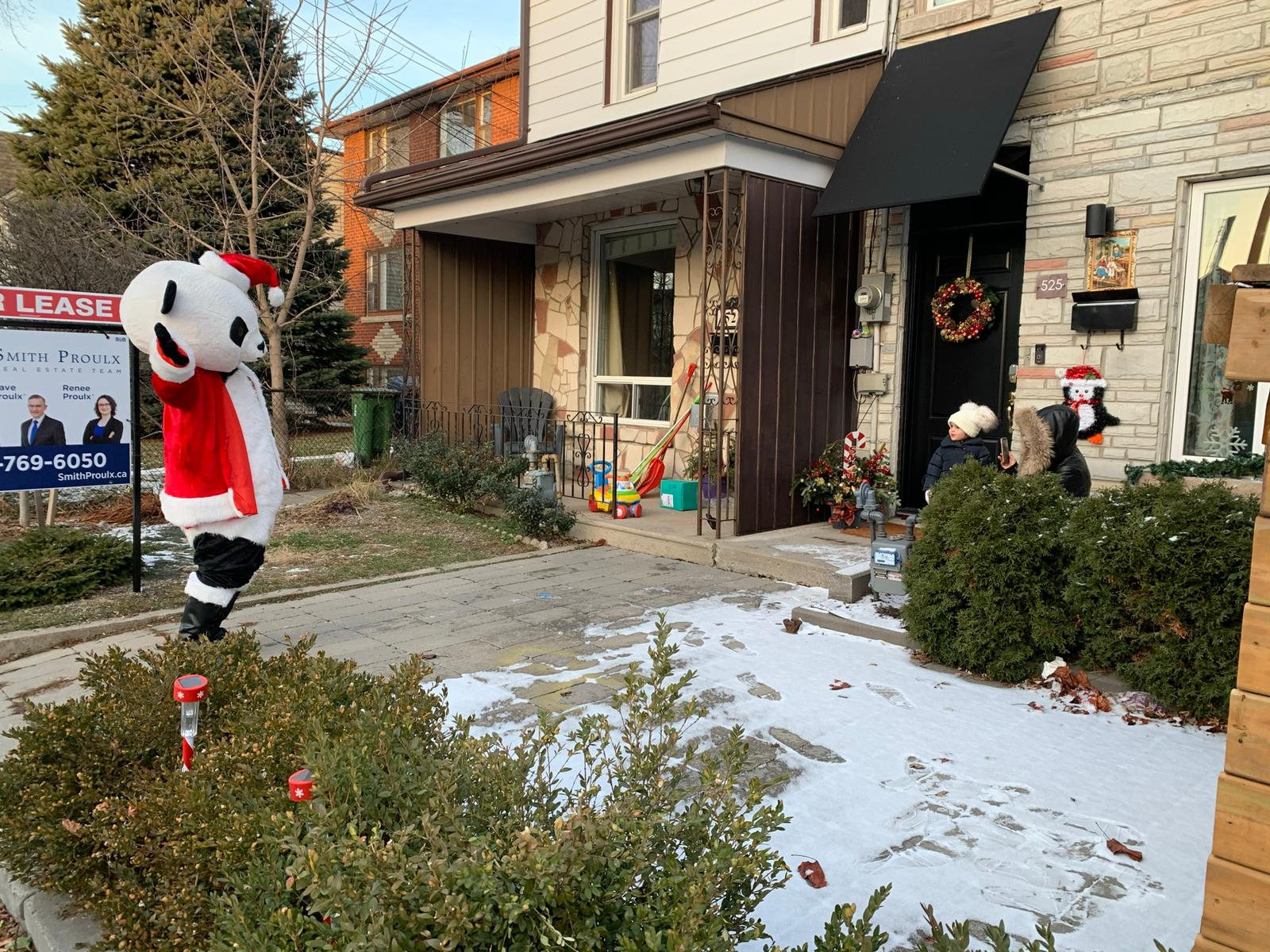
We are proud to announce that we collected over 300 toys to donate to the Toronto Fire Fighters’ Annual Toy Drive! We want to thank all our friends and neighbours in the Bloor West Village, Junction, High Park, and Swansea neighbourhoods who participated and kindly donated to the toy drive. We couldn’t have done it without you!

Sign Up For Our Newsletter
Looking for more great real estate content? Get it delivered to your inbox with our newsletter!
The Best Home Renovations For The Biggest ROI
12/21/20

Preparing your house for sale can often require an investment to bring it up to current standards and help it compete in the hot real estate market. Especially if you’ve lived in the house for several decades, you may be blind to your home’s shortcomings. Here, we examine the top home renovations to ensure your return on investment.
Paint
Painting is the most under-appreciated home improvement. Nothing provides a higher ROI than quality, professionally done painting. When putting your home on the market, consider a professional painter who can help select the right palette, skim the walls, seal trim and repair minor damage before applying top quality paint that’s appropriate for each surface (matte for living areas, egg shell or semi-gloss for trims and doors and proper ceiling paint.) It doesn’t seem like the most glamorous of renovations, or promise the most dramatic before-and-after, but it instills freshness and can flatter your home in ways you’ve never imagined. It’s like dressing for your body type, a colour expert can help select the perfect shades to work with the lighting in your home and ensure it puts its best face forward!
ROI: A fresh coat of paint typically garners a 60% return on your investment.
By the Numbers: Budget for a 2,000-sq.-ft. home: approximately $10,000-$15,000
Good ‘Bones’
When contemplating a profitable renovation, nothing “sinks” a sale price quicker than a house that’s taking on water. Especially in this market, where strong sale prices are being paid for homes with “good bones,” ensuring that the roof and windows are in good shape, gutters and drains are functioning properly and the foundation is dry is crucial to realizing the potential value in a home. Consider items like vinyl windows, a new roof or even waterproofing the foundation. Buyers are wise to structural issues, and learning that a homeowner has done their homework and made the proper investments to prevent flooding and leaks will go a long way in a buyer’s eyes (and offer!).
ROI: Renovations that will save home owners money in the long run will draw a higher return, around 75 per cent, depending on the scale of the reno.
By the Numbers: All new, good quality vinyl windows for a 2,000-sq.-ft. home: approximately $15,000
Stripping and replacing the roof with quality asphalt shingles: $8,000 to $10,000
Proper waterproofing of the exterior of a foundation: approximately $60-$80/linear foot
Doors & Hardware
Investing in new interior doors and hardware; replacing the front door and adding a quality lock-set; and adding baseboard, door trim, crown mouldings and wainscoting are all examples of relatively inexpensive and non-invasive improvements that can immediately punch up the appeal of a home. It really comes down to the quality of the finish though. This is not a time to skimp on materials or workmanship. Hire someone you know and trust, or ask for referrals from friends who you know share similar standards.
ROI: Smaller projects that have less of a “wow” factor, and may even go unnoticed in an open house, draw a smaller return, around 50 per cent of your initial investment.
By the Numbers: Solid wood front door with quality lock-set: $2,500
Solid core interior doors with hardware: $250/per door
Countertops
Since kitchen renovations can easily snowball, consider a quick counter-top refresh and appliance-swap as options for a great return on investment. Instead of shelling out upwards of $25-50,000, expect to pay about $3,000 for a quality stone, like granite or quartz, and between $5-10,000 for quality slide-in or a stand-alone set of kitchen appliances with a pro-look like stainless steel.
ROI: Kitchen renovations have the best return on investment, typically garnering a 75-100% return.
Bathroom
Creating one luxury space in a home can have a great effect and return on investment. Focus your attention to items like a frameless glass shower enclosure, marble-topped vanity or a gorgeous tile backsplash. Analyze your bathroom, pinpoint its strengths and weaknesses and ask yourself, “Where is my eye drawn when I enter this room?” Is the bathtub the focal point? The vanity? A window? This is where your renovations should begin.
ROI: Bathroom renovations, when done well, have a return of 62%, on average.
By the Numbers: Budgets vary but typically range between $5,000 to $15,000
Flooring
Flooring is the hardest wearing element in any home and for many homeowners, replacing aging flooring is a must. However, the quality of the installation is essential. Expensive hardwood floors can look terrible if they are lifting or there are gaps between planks. While inexpensive laminate from a big box store can look great when laid properly. Carpeting, however, is rarely a good idea, especially when you’re planning to sell. While some people love the warmth and feel of carpeting in a bedroom or basement, buyers will see carpet and think one thing: carpet cleaners, STAT! Carpets tend to lovingly hold on to memories of previous homeowners, memories that buyers would sooner rather forget. Spare buyers the cleaning fee, or worse, all-out removal, and skip carpeting, or remove it yourself.
ROI: Depending on the flooring you choose, the return is generally 100-150% of your investment.
By the Numbers: Typical hardwood floor: $4 to $6 per sq. ft., plus $2 installation fee per sq. ft.
Typical laminate floor: $1 to $3 per sq. ft., plus $1.50 installation fee per sq. ft.
Sign Up For Our Newsletter
Looking for more great real estate content? Get it delivered to your inbox with our newsletter!
15 Tips To Make Working From Home Productive and Enjoyable
12/16/20

The COVID lockdowns last spring forced many businesses to send their employees home to work in order to slow the spread of the virus. For many companies, this was done with great reluctance, as executives believed that productivity would suffer. Surprisingly, however, work from home (WFH) has turned out very well. Not only has the impact on productivity been limited, but there have been significant side benefits:
- For employers, less office space is needed, resulting in significant overhead savings; and
- For employees, there is little or no need to be physically close to the office. This has opened up the opportunity to move away from major cities to smaller communities where real estate is less expensive.
While some employees may move back to the office once the pandemic is behind us, the above benefits mean that WFH is most likely here to stay in a big way.
For those who have never worked from home, it can be a huge adjustment and a major challenge to establish and maintain some boundaries between personal and business life at home. Here are 15 tips to help you make it work:
- Establish a separate work area
The first step in separating work life from personal life is to identify a space in your home that will be dedicated to work. Whether it’s a spare bedroom, den, or an unused nook in the basement, the key is to make this a ‘work only’ space and commit to working there every day.
- Don’t scrimp on technology
To work efficiently at home, you’ll need a fast computer with a big monitor, appropriate software, a reliable high-speed internet connection and, depending on the nature of your work, a good quality printer. Don’t go cheap – you’ll be working with this equipment every day, and you don’t need the hassles of unreliable technology.
- Invest in quality office furniture
A comfortable and ergonomic office chair is a must, and you should consider buying a large desk, bookshelves and filing cabinet. You want this to be a space that you enjoy working in.
- Set a definite work schedule
Because you are working from home, you have the flexibility to establish a schedule that suits your personality and life-style. For example, if you are a morning person, you might want to work from, say, 7 am to 3 pm. Whatever your schedule, however, stick to it as closely as possible. Avoid letting your work life creep into your personal like or vice versa.
- Have a well-defined morning routine
While it’s nice to not have to commute to the office, you still need a morning routine that gets you to work on time. This means getting up at the same time every day, and performing the same series of activities, such as showering, getting dressed in your ‘business clothes’ and having breakfast. Don’t work in your PJ’s, it will ruin your ‘work mind set’ and make you less productive!
- Keep your to-do list up-to-date
When you are working by yourself at home, it’s easy to lose track of priorities and due dates and lose track of what needs to get done today. Start every day by reviewing what needs to get done, make or update your to-do list, and then cross off each task as you complete it. Not only will this keep you focused on what’s important, it will help to avoid overwhelm.
- Exercise!
Morning exercise gets you moving, and also increases endorphins, which improves enjoyment interest level. You should also get up and stretch regularly to improve posture and fend off stiffness and soreness.
- Be careful what you eat
Working at home, the kitchen is always handy, and it’s tempting to indulge in the usual unhealthy snacks. Ideally you should eliminate the temptation by filling your fridge with fruits, vegetables and healthy snacks, and avoid buying the unhealthy stuff altogether. Not only will this keep your weight down, it will also give you more energy and make you more productive.
- Take short breaks
It may seem that you can get more done if you don’t take any breaks but, in fact, the opposite is true. Frequent short breaks will re-energize you and make you more productive. In the long run, it will help to avoid burnout. Set timers or alarms to make sure you stop for regular breaks.
- Have a scheduled time to stop working
Just as you need a habitual morning routing to get you started at the right time every day, you need a regular ‘stop work routine’ to help you transition to your personal life. For example, you could set an alarm for quitting time and, as soon as the alarm goes off, put your work files away, clean up your desk, do a quick review of what was accomplished that day and list the top priorities for tomorrow.
- Avoid social media
This is a big one. Enormous amounts of time can be wasted on social media if you aren’t careful. Try logging out of all of your social media accounts before start work in the morning and the logging back in after you finish work. If you can make this part of your daily routine it will become a habit and you’ll accomplish a lot more.
- Listen to music
Listening to lyric-free music (at low volume) and actually help to focus and be less subject to distractions. You can pick music that matches your energy at the moment and the task you are working on. Consider investing in some good quality headphones (with a mic so you can take phone calls with them) to help you focus even more.
- Don’t stay inside all day
Take some time throughout the day to get outside for fresh air and sunshine, go for a short walk or just hang out in the back yard. Social distancing rules apply of course…
- Schedule errands and appointments around you lunch break
This is what you would do if you were working at the office, so why not do this at home as well. This will fight the tendency to take time off during the working day and blur the boundary between work and personal life.
- Avoid family, friends & pets while working
If you have your spouse, children and or pets at home during working hours, it can be very difficult to avoid getting distracted. It’s important for them to understand that you can’t be interrupted while at work (unless there’s an emergency of course). On the flip side, you must be 100% present for them when you aren’t working – put your business phone away!
Sign Up For Our Newsletter
Looking for more great real estate content? Get it delivered to your inbox with our newsletter!
Prime Sunnylea
12/14/20
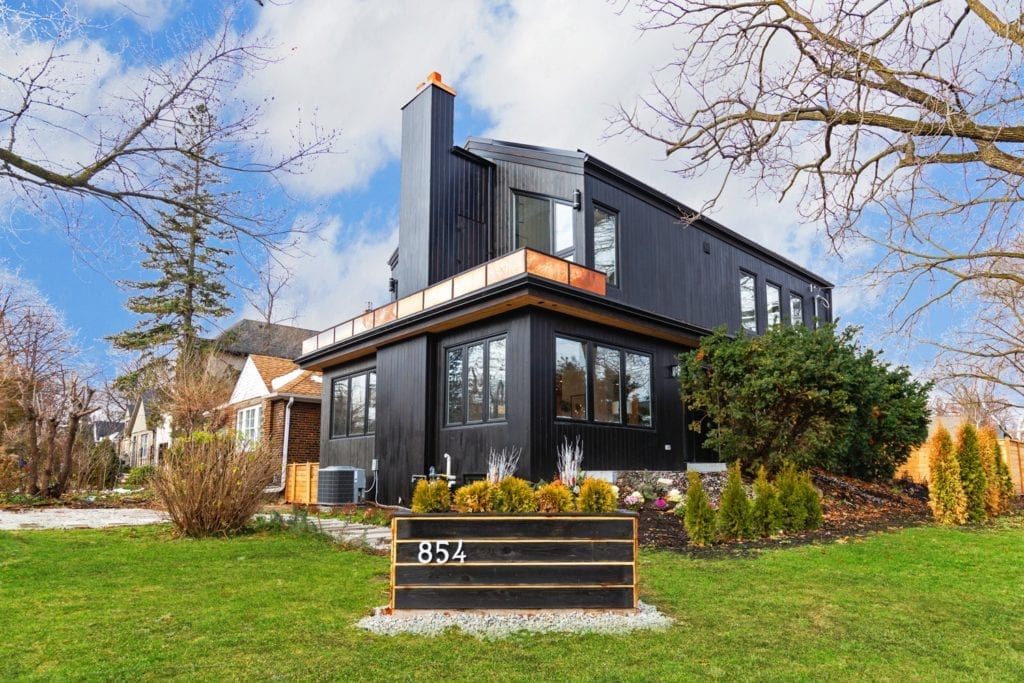
854 Royal York is an ideal fit for the conscientious homeowner who values sustainability, serenity, and balance. This home has been designed with a singular purpose: to blend seamlessly with its natural surroundings. Each element of this special home is deliberate, and nothing is wasted—neither energy nor space. Each component has been constructed in service to meaningful, ethical living.
The exterior of this home, clad in rich, dark wood treated with the Shou Sugi Ban method, immediately catches your eye and beckons you inside. Shou Sugi Ban is a Japanese technique that involves burning the surface of cedar planks, then sanding, cleaning, and finishing them with a dark stain for uniform colour and enhanced protection. The benefits of Shou Sugi Ban are clear: not only is cedar a renewable natural resource that doesn’t require any chemical finishes, the Shou Sugi Ban treatment makes it extremely durable. The home’s exterior is resistant to fire, water, mold, insect infestation, warping and shrinkage – the Shou Sugi ban wood surfaces will last at least eighty years with only minimal maintenance.
Natural light is essential for synthesis with one’s surroundings, and as you enter the bright foyer and walk through to the living area, you’ll feel the sense of calm that comes from being close to nature. Forty percent of the walls and ceilings are composed of energy-efficient glass, with awning windows for natural ventilation, creating an airy indoor space that is bathed in natural light. As you relax in this tranquil living space, enjoying the warmth of the wood burning fireplace, you’ll immediately feel composed and restful. You can further soothe the stress of your day by unwinding in the sauna in the spa-like lower level bathroom.
As you make your way upstairs, you are struck by the multiple skylights and the vaulted, wood-paneled ceilings that lend a sense of airy spaciousness to the entire upper level.
You realize that the rich dark Shou Sugi Ban flooring you saw on the main floor has been continued all through the upper level, and you can see how this serves to tie all the areas of the home into a harmonious whole.
Wandering into the sumptuous master suite, you’ll find wall-to-wall built-in closets and a luxurious ensuite bathroom. The master bedroom’s tall wide windows draw your eye to a large balcony that features an extensive green roof for added cooling effect, energy savings, reduced greenhouse gas emissions, and improved air quality.
As you gaze down through the bedroom windows, you realize that one of the most alluring characteristics of this home is its immersive green space: the lot itself has mature, undisturbed trees, creating a sense of peaceful nature with low maintenance. Also, you notice that the large deck that connects to the kitchen and extends into the yard is made with the same beautiful and long-lasting Shou Sugi Ban wood that you have seen on home’s exterior walls and throughout the interior flooring.
Continuing further into the upper level, you discover two more bedrooms, another full bathroom, and a second large green roof balcony at the opposite end of the house.
Efficiency, durability and elegance are interwoven in this home. The kitchen features sleek, stainless steel appliances and quartz countertops, and the bathrooms are fitted with top quality contemporary fixtures.
Sign Up For Our Newsletter
Looking for more great real estate content? Get it delivered to your inbox with our newsletter!
There’s A Chill In The Air – But NOT in the Real Estate Market!
12/14/20
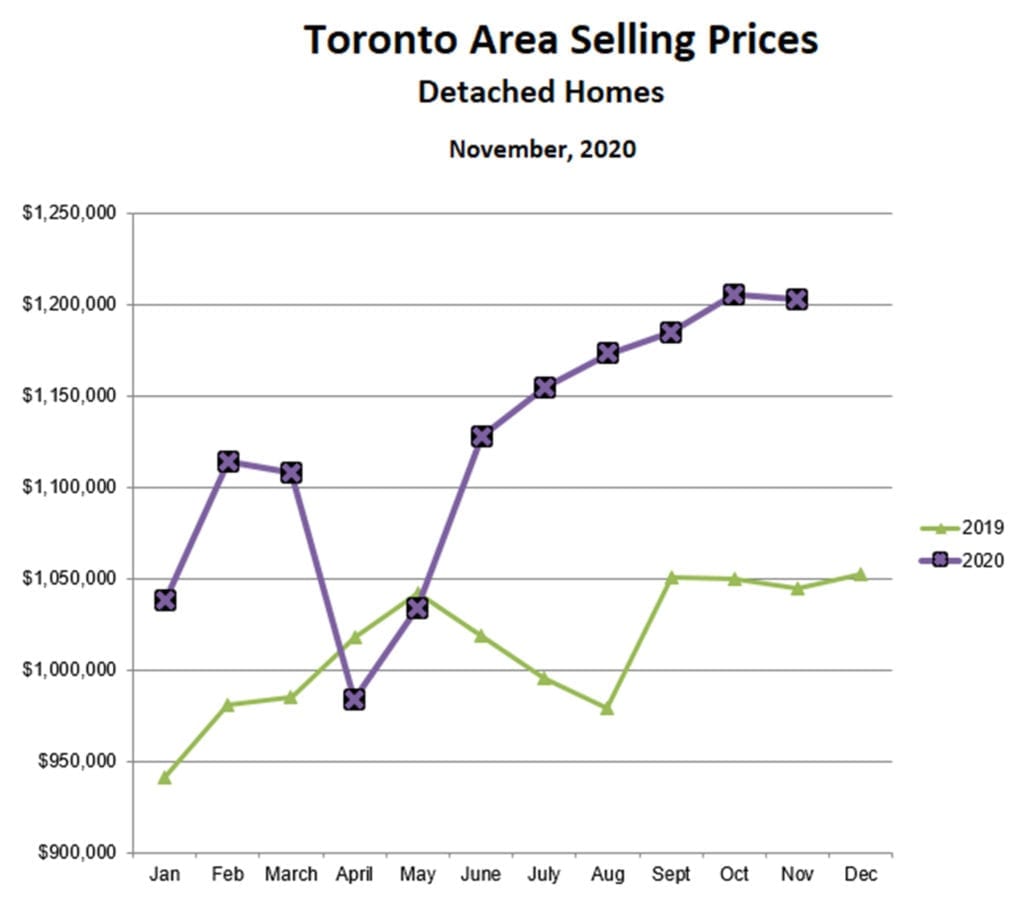
Sales and prices for houses in the Toronto area continued their torrid pace in November. The average price for a detached home slipped very slightly from October, but was still 15% higher than last November. Sales were lower than October, which is normal for this time of year, but almost 30% above last November, and year-to-date sales were 13% above 2019.
The inventory of detached homes for sale continued to drift lower, and was just above one month’s supply in November. There’s no sign of a let-up in this intensely hot sellers’ market.
The Toronto area condo market is a very different story, as it has been since the spring. Prices fell for the second month in a row, and are now 2% lower than last November.
On the other hand, it’s encouraging that sales of condo apartments remain strong, about 7% higher than last November, and the inventory of condos for sale seems to be leveling off at just over 3 months’ supply.
Clearly, demand for condos remains strong; the weakness is due to over-supply, both because of COVID and also because of the record number of condo completions this year. This suggests that the condo market should return to good health once COVID is behind us.
This is the time of year for predictions, so I offer the following for Toronto area prices in 2021:
- Re/Max is forecasting a 6% price increase;
- Royal LePage is forecasting a 5.8% price increase;
- A recent survey of economists predicts a 5% price increase;
- Moody’s expects prices to fall by 9%; and
- CMHC continues to stand by the prediction they made last May for prices to fall by 7-18%.
The differences among these forecasts trace mainly to the relative emphasis placed on the current momentum in the economy and the real estate market, as against the risk of economic weakness if/when the reality of the damage done by COVID restrictions catches up with us.
Obviously, forecasting the real estate market (not to mention almost every other market) has become a mug’s game in the days of COVID. We’ll just have to wait and see how the future unfolds.
Sign Up For Our Newsletter
Looking for more great real estate content? Get it delivered to your inbox with our newsletter!
South Cabbagetown Reno For Sale
12/10/20
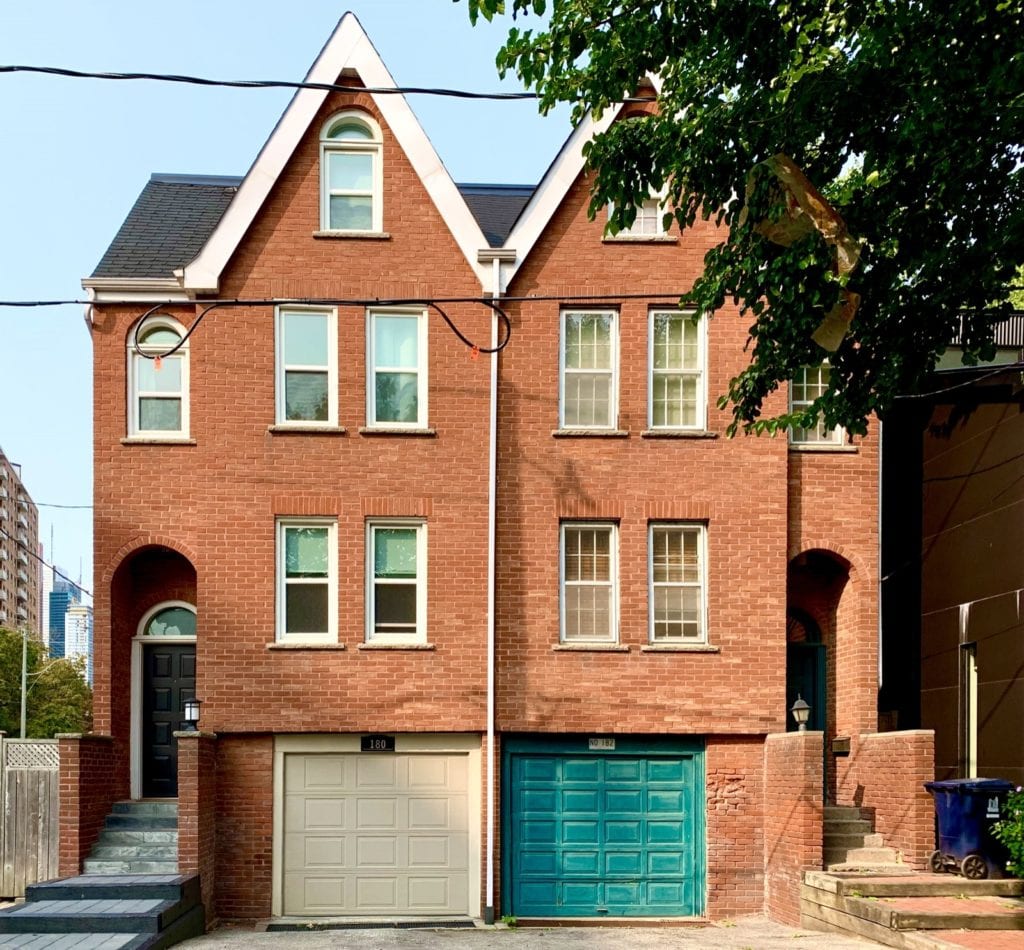
Welcome to 180 Berkeley Street, a stunning South Cabbagetown reno on one of the most prestigious streets in the city’s east end. Located in the heart of downtown, it’s an easy walk to Eaton Centre, St Lawrence Market, Distillery District, Corktown, Ryerson, Allen Gardens, Riverdale Farm … it’s a walker’s paradise (walk score 95)! With the street car and subway nearby, and with excellent bike lanes, it’s also a rider’s and biker’s paradise (transit score 100, bike score 97)!
The open plan main level includes a recently renovated kitchen with quartz counters, stainless steel appliances and sleek cabinetry; an elegant formal dining area; and a dramatic sunken living room with 11 ft ceilings. Walk out from the living room to a huge wood deck and private fully fenced back yard.
A luxurious master suite with a renovated three piece ensuite bath, and Juliet balcony encompasses the entire upper level and there are two more generous bedrooms on the second together with a renovated four piece bathroom.
The lower level has a renovated three piece with a glass shower enclosure, along with a spacious laundry room and direct access to the garage.
Sign Up For Our Newsletter
Looking for more great real estate content? Get it delivered to your inbox with our newsletter!
A Tale Of Two Markets
11/08/20
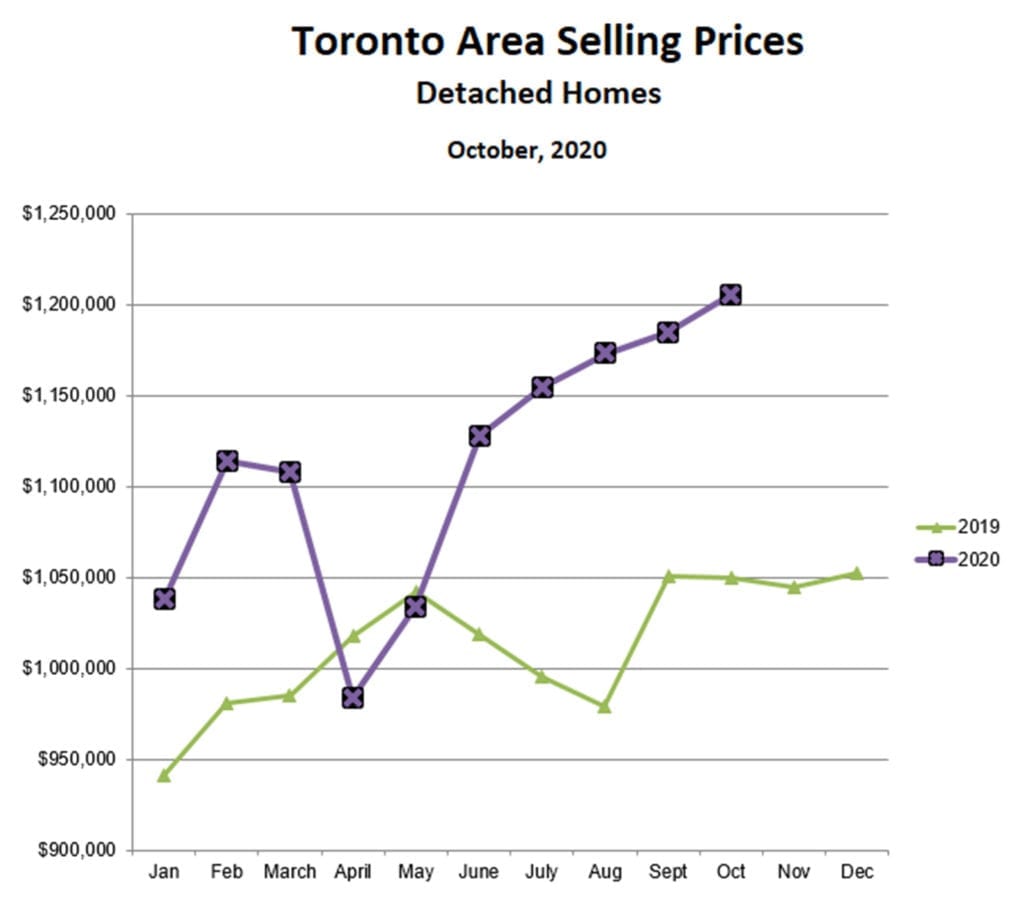
Selling prices for detached homes in the GTA continued their meteoric rise in October. Detached prices have gone up for the last 6 months in a row and are now 22% higher than the “COVID low” in April, as well as 15% above last October. The average price for a detached home in the Toronto area is now $1,204,844, just a hair’s breadth below the all-time high of $1,214,122 reached in early 2017.
Sales of detached homes in the GTA have exceeded 5,000 in each of the last four months, roughly 40% higher than in the same four months last year. This has driven inventory below 1.5 months, an extremely strong sellers’ market to say the least.
With 5 year fixed mortgage rates at obscenely low levels, and projected to stay that way (or even go lower) over the next 1-2 years, and with many condo dwellers seeking more space (both inside and outside), there is every reason to expect that the hot market for houses will continue for some time.
The market for Toronto area condominium apartments is completely different. Prices have flat-lined for the past five months, and now appear to be heading lower. Prices in October were essentially the same as last October, however, to put this in context, October 2019 was actually an all-time high for condo apartment prices.
The reason for the weakness in the condo market is that the inventory of condos for sale has been steadily rising over the past 4 months. This is not due to a lack of demand, as total condo sales were actually about 8% higher than the same 4 months last year. What’s massively different this year is the number of condos for sale. Active listings of condos have gone up by 50% since May, and October listings were more than 2.5 times higher than last October. There were actually more listings for condos than for detached houses in October, likely the first time that this has ever happened.
Crazy low interest rates are propping up condo sales, as there are still lots of people who want to buy real estate but can’t yet afford a house. Owning a condo is better than renting a condo or a basement apartment. However, COVID is driving many condo owners to houses, for reasons that everyone is by now well aware of. That trend is being further compounded by the record number of new condo completions this year (with even more to come next year) as well as an anemic condo rental market that is causing owners of investment condos (which are legion) to put their units up for sale. Like the factors behind the strong market for houses, these drivers are unlikely to change any time soon, and so the condo market will probably continue to soften for some time to come.
Sign Up For Our Newsletter
Looking for more great real estate content? Get it delivered to your inbox with our newsletter!
Renovated Applewood Bungalow
11/08/20
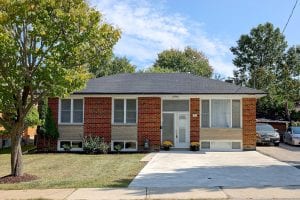
Welcome to 720 Bloor Street, a renovated three bedroom bungalow on a huge 65 ft x 119 ft lot with plenty of parking. This bright and airy family home has a gorgeous renovated kitchen with granite counters and a walk-out to a large deck and a massive back yard. There are two renovated bathrooms, updated hardwood flooring throughout the main level, and updated windows. The lower level is fully finished with a kitchen, full bath, two bedrooms, and family room – excellent potential for an in-law suite or rental apartment.
This home is in a great central location in the popular Applewood community, close to shopping, schools, parks, walking trails and public transit. Also, it’s just a short drive to Square One, Sherway Gardens, Downtown Toronto & Pearson Airport.
This home is in very good mechanical condition and an above average home inspection report is available on request.
Sign Up For Our Newsletter
Looking for more great real estate content? Get it delivered to your inbox with our newsletter!
Snow Washing – Our Embarassing Money Laundering Problem
11/07/20
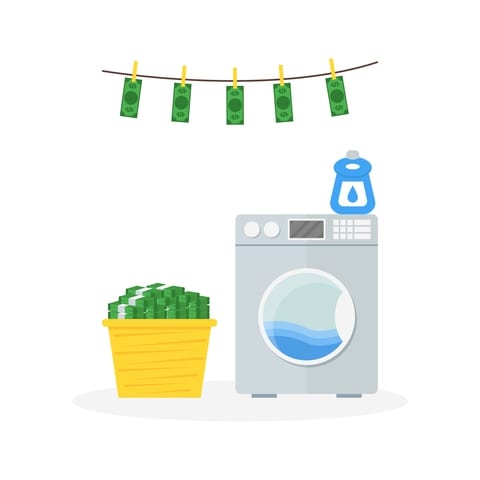
The term ‘snow washing’ was coined by the Toronto Star to describe the flow of dirty money into Canada, mostly through real estate transactions, to evade taxes or to finance terrorist operations. The term is in wide use internationally because Canada has become known as a destination for money laundering due to its weak rules concerning corporate transparency.
So how does snow washing work? One way is to create a company without disclosing your true identity. You can then buy real estate anonymously using ‘dirty money’. When the real estate is later sold, presto, the money is clean, washed as white as Canadian snow.
Canadian law does not require information on the ‘beneficial owners’ of companies to be collected and verified, so it’s relatively easy for individuals to hide their identities and set up companies to launder money like this.
It’s ironic that the Canadian Government set up a massive bureaucracy in 2011 (following 9/11) called the Financial Transactions and Reports Analysis Centre of Canada (FINTRAC) with the express purpose of tracking suspicious financial transactions. Under FINTRAC, lawyers, real estate agents, accountants, and mortgage brokers (among others) are required to meticulously keep track of all large financial transactions, and to report anything that doesn’t seem right. And yet, the gaping loophole left by allowing beneficial owners of companies to remain anonymous remains unfilled.
While the exact amount of ‘dirty money’ flow isn’t known, it’s been estimated that it’s somewhere in the $50-$100 billion per year range.
Ideally, a federal registry of beneficial owners of companies should be created and made publicly available & easily searchable. The Federal Government is working in that direction, but at glacial speed. Meanwhile, Transparency International has ranked Canada dead last among G20 countries due to its failure to meet G20 anti-money laundering commitments.
The term ‘snow washing’ illustrates how Canada is being lumped in with such money laundering havens as Afghanistan, the British Virgin Islands, China, Macau, and Columbia. Not exactly august company. Time to fix the problem. Quickly.
Sign Up For Our Newsletter
Looking for more great real estate content? Get it delivered to your inbox with our newsletter!
Condo For Sale In The Glenlake
11/05/20
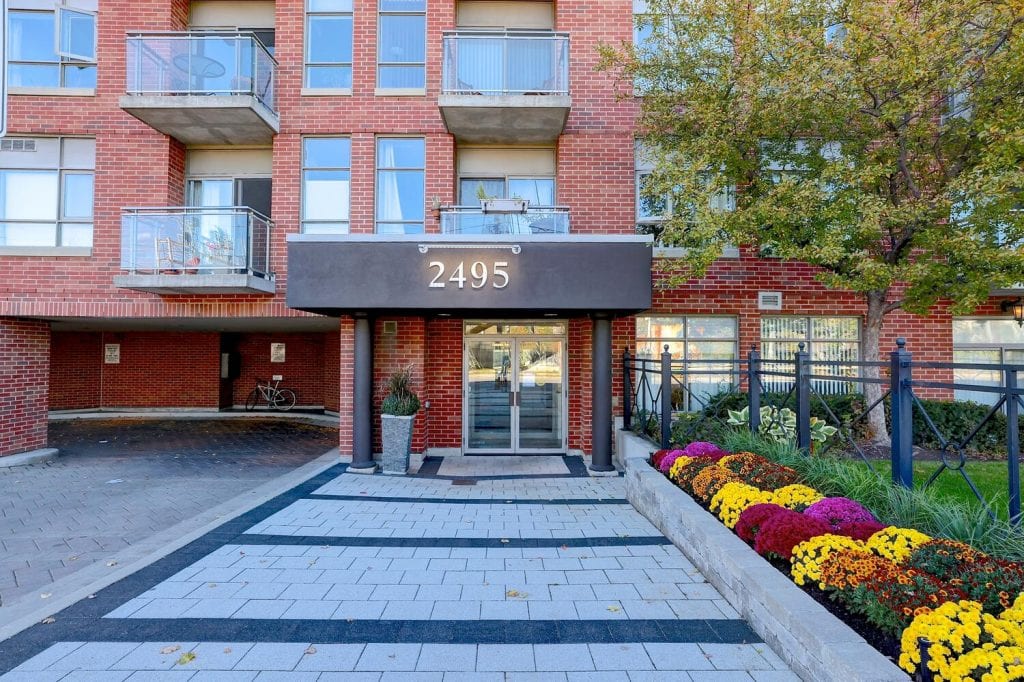
Welcome to The Glenlake, a well-managed condominium building nestled among residential homes in High Park’s popular West Bend neighbourhood. Exceptional location within easy walking distance of High Park, the West End Railpath, grocery & drug stores, subway and UP stations, as well as the shops & restaurants of The Junction and Roncesvalles Village.
This open plan one bedroom suite has an east-facing balcony and gets plenty of morning sunshine through the living room and bedroom windows. The kitchen has a large breakfast bar & plenty of cupboard space, and the bedroom has a walk-in closet. The suite comes with a parking spot as well as an oversize locker.
Building amenities include an exercise room, games room, party/meeting room, security system and visitors’ parking. The common areas have been recently renovated, and there is also a concierge on duty from noon until midnight.
Sign Up For Our Newsletter
Looking for more great real estate content? Get it delivered to your inbox with our newsletter!
Toronto House And Condo Markets Continue To Diverge
10/19/20
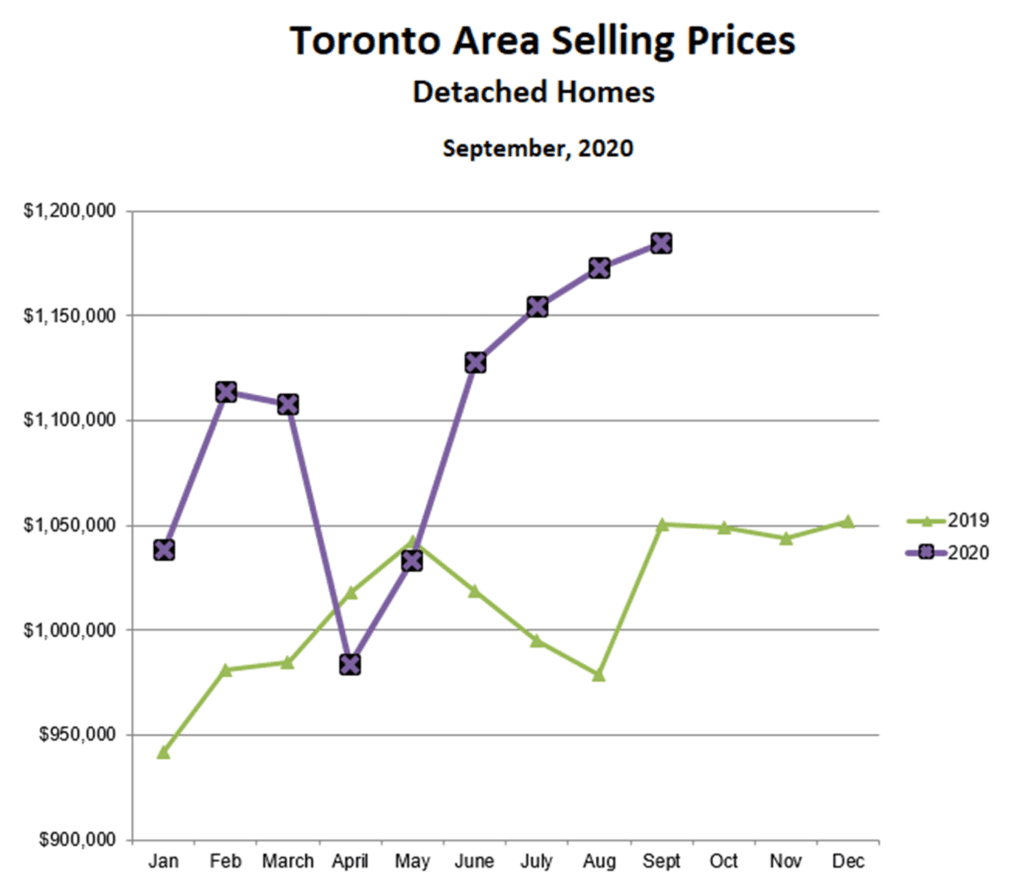
Prices for detached homes continued their steeply rising trend in September. Since the COVID-induced bottom in the spring, house prices have increased in each of the past 5 months and are now up 20% from April and up 13% since last September. While the rate of increase is leveling off somewhat, there are no indications as yet that the trend will reverse any time soon. Even the recent upsurge in COVID cases doesn’t seem to be having much effect. We’ll have to wait and see if a Christmas/New Years slowdown happens this year, though nothing else this year has conformed to the ‘normal’ trends of the past.
The chart shows only detached home prices, however, the same trend is also evident across other freehold properties (semi-detached and attached).
The story for condominium apartments is somewhat different. Similar to houses, condos got off to a very fast start early this year and suffered the same fall in prices when COVID restrictions were first introduced. Prices recovered after that, but not to the same extent as houses, and prices have been stuck in a narrow range below the early spring peak for the past five months. Condo prices in September were 7% higher than the same time last year, however, the trend right now is flat or even declining whereas the trend last year was rising.
The charts below put the freehold vs condo comparison into sharper relief. These charts show the inventory (months’ supply) of condo apartments and detached homes for sale over the past two years.
The condo chart on the left shows that inventory remained below 2 months’ supply all through 2019 (green line) and into the first three months of 2020 (purple line). This reflects a very hot condo market, which cooled instantly in April when COVID restrictions came into play. Inventory came back down part way over the next three months, but has been rising again for the past two months. At 3 1/2 months’ supply, the condo market is now relatively balanced but is on the verge of becoming a buyers’ market.
The market for detached houses was also strong through 2019 and into early 2020, though not nearly as hot as the condo market. As with condos, the inventory of houses for sale spiked up in April but, unlike condos, the inventory quickly came back down to very low levels by June and has stayed there ever since. The present market for houses is just as hot as the condo market was a year ago, and shows no signs of cooling off.
Why is the inventory of condos for sale rising so quickly? It turns out that it’s not because of falling demand for condos: sales in August and September were actually 7-8% higher this year than last year. What is changing dramatically is the number of condo units for sale. In August and September of 2019 there were 2,117 and 2,319 condos for sale, respectively; this year the corresponding numbers were 4,564 and 5,423 units for sale, more than double last year! There are several likely reasons for this, all of which relate to COVID-19:
- The claustrophobia associated with living in a condo apartment with no access to building amenities and waiting lines for elevators has caused many condo dwellers to yearn for a house with more space, a back yard, and no need to wear a mask when you walk in the front door.
- The trend toward work-at-home means that extra space is needed for home office(s), and moving to an affordable house outside the city is more palatable now that less (or no) commuting is required.
- The rental market is miserable, and this is causing many owners of investment condos to put their units up for sale.
With a ‘second wave’ of COVID-19 now upon us, it seems unlikely that these forces will abate any time soon, and so the condo market is more likely to soften than to strengthen over the coming months.
Sign Up For Our Newsletter
Looking for more great real estate content? Get it delivered to your inbox with our newsletter!
